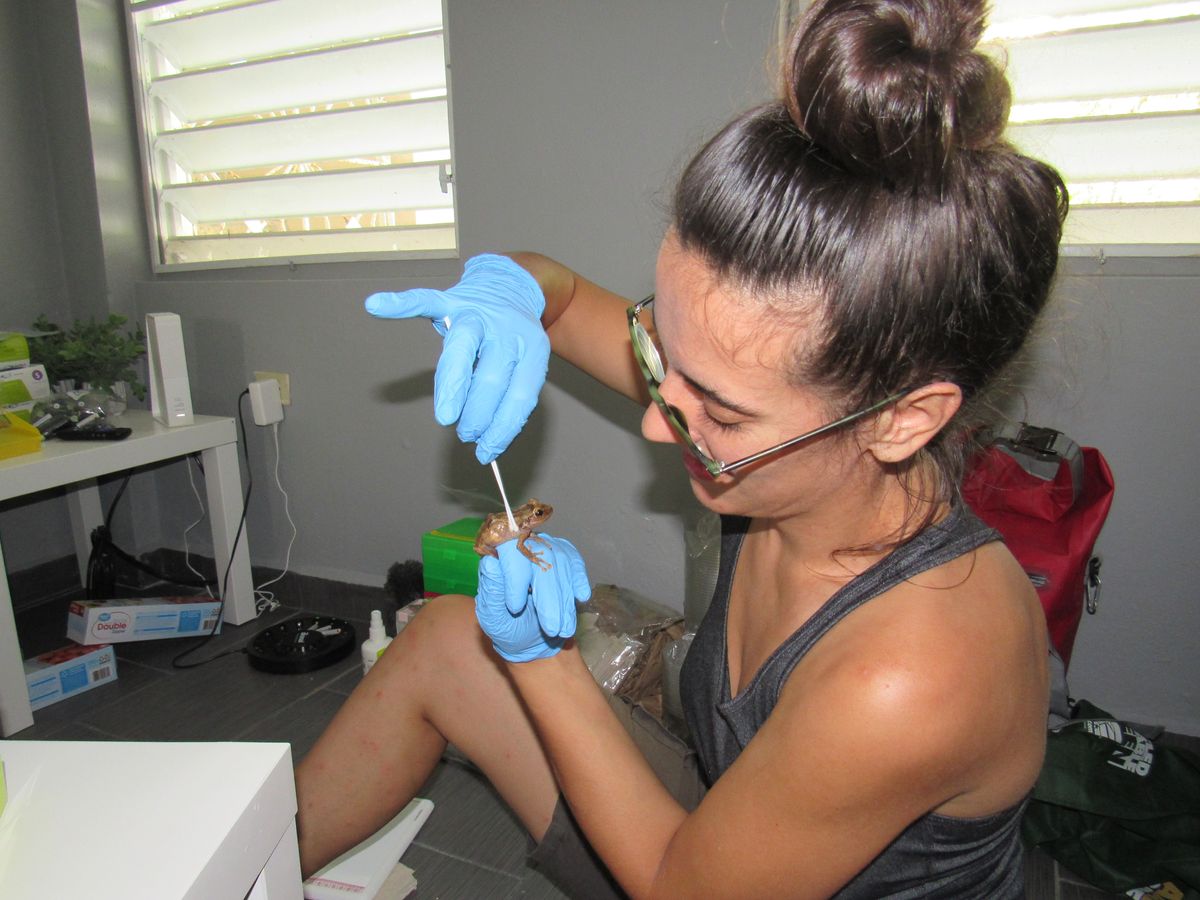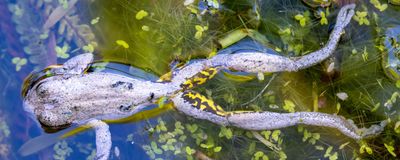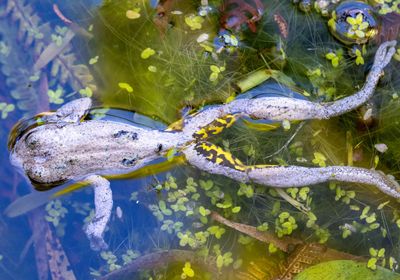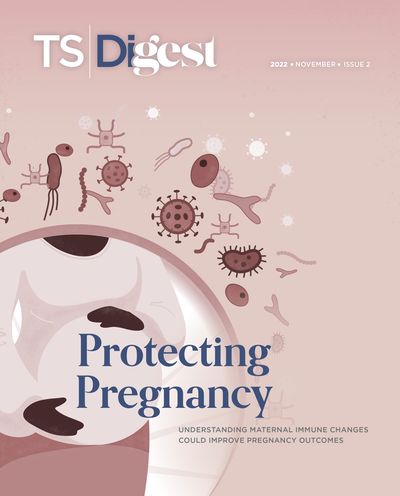ABOVE: A dead Peron’s tree frog (Litoria peronii) infected with a chytrid fungus. © ISTOCK.COM, KEN GRIFFITHS
EDITOR’S CHOICE IN MICROBIOLOGY
Since the 1970s, the chytrid fungus Batrachochytrium dendrobatidis (Bd) has spread globally amongst amphibian populations, wiping out entire species and decimating others. Yet while the pathogen, which infects an amphibian’s porous skin and disrupts gas and water exchange, is deadly and ubiquitous, some species are more susceptible than others. Past studies have focused on animals’ immune responses to Bd infection, but not on how the fungus might be adapting to different hosts. “It was not clear if the fungus itself was doing the same thing in the different species it is infecting,” says María Torres-Sánchez, a postdoc at the University of Florida.
To find out, Torres-Sánchez took datasets from those early experiments and turned them on their heads, looking instead at what genes the fungus was expressing on the skins of different amphibian species with varying susceptibility to Bd. She and her colleagues compared the transcriptomes of Bd growing on 14 species of frogs, newts, and salamanders, and of Bd grown on plates without a host.
While the fungus maintained a consistent set of housekeeping genes, the team found that Bd tailored the expression of other genes to each host, allowing it to pursue multiple infection strategies. For example, in more-vulnerable species, genes essential for attaching to and invading leukocytes, cells that defend a host from pathogens, were upregulated. In more-resistant species, genes promoting quicker reproduction, perhaps to evade or overwhelm a host’s defenses, were elevated.
The results are “really exciting,” according to Amy Ellison, a molecular parasitologist at Bangor University in Wales who was not involved with the study. The list of differently expressed genes could provide “interesting targets” for further studies looking at the mechanism of Bd infection, Ellison adds, or in “identifying populations of amphibians that might be more at risk” for severe disease.
M. Torres-Sánchez et al., “Panzootic chytrid fungus exploits diverse amphibian host environments through plastic infection strategies,” Mol Ecol, 31:4558–70, 2022.











